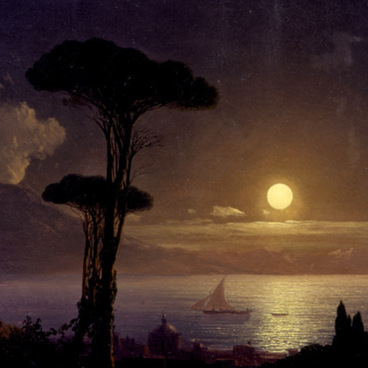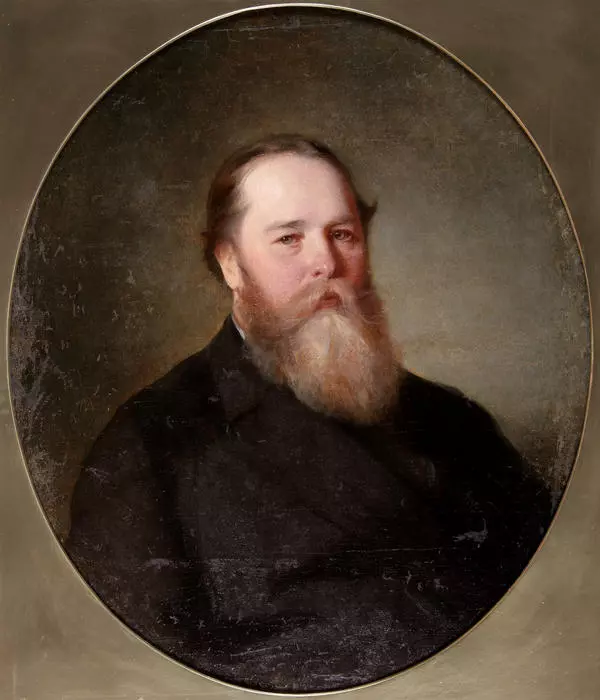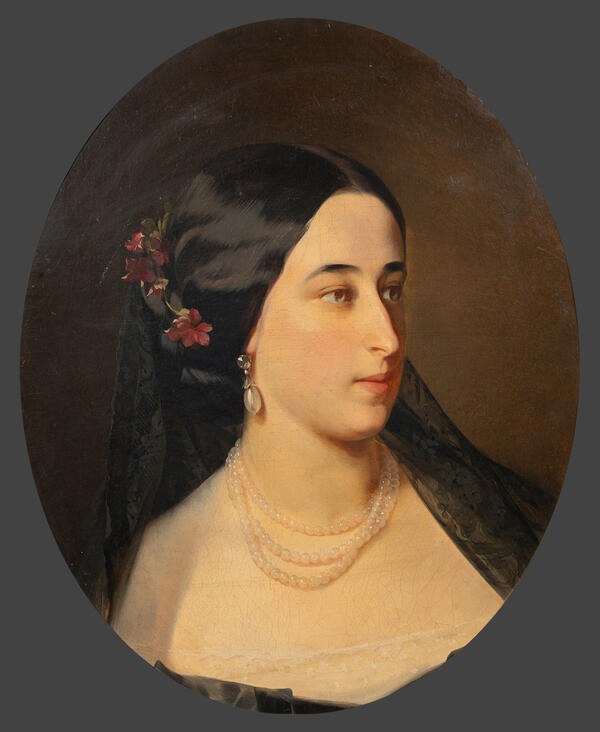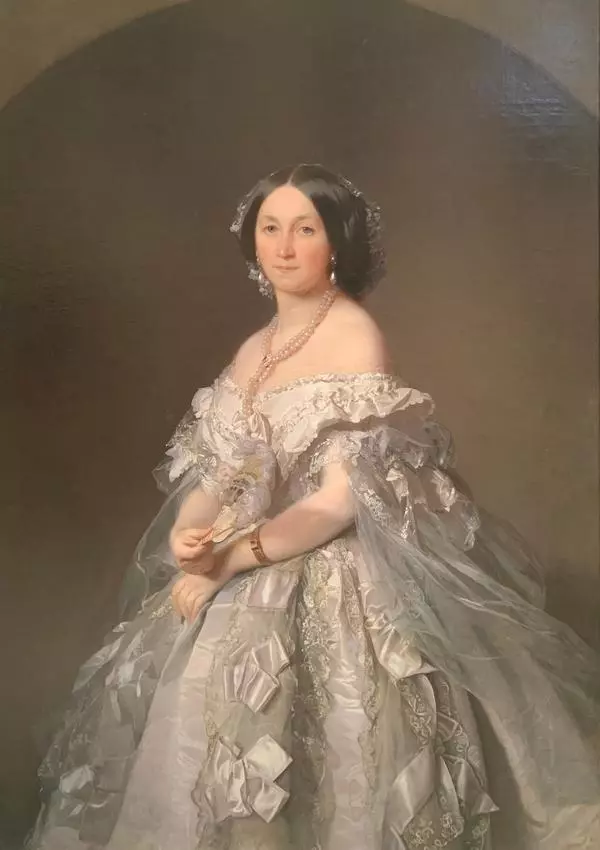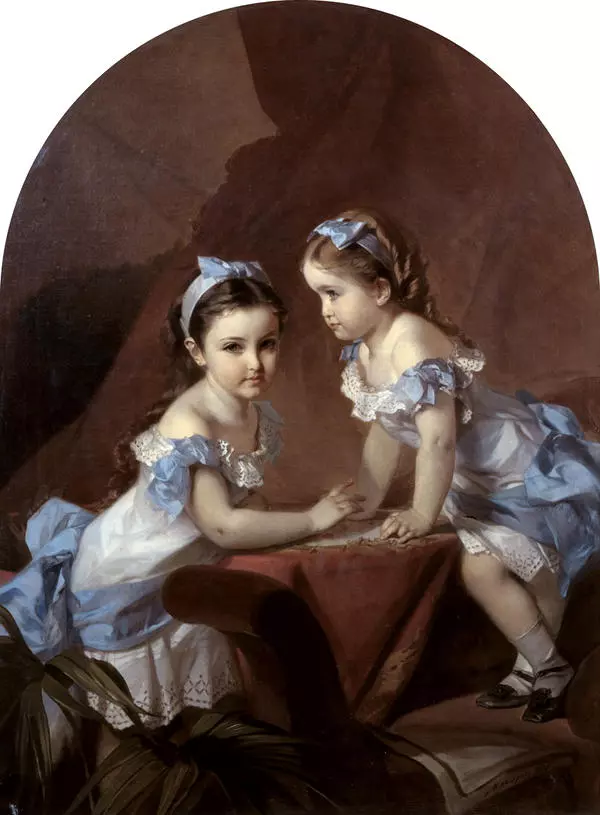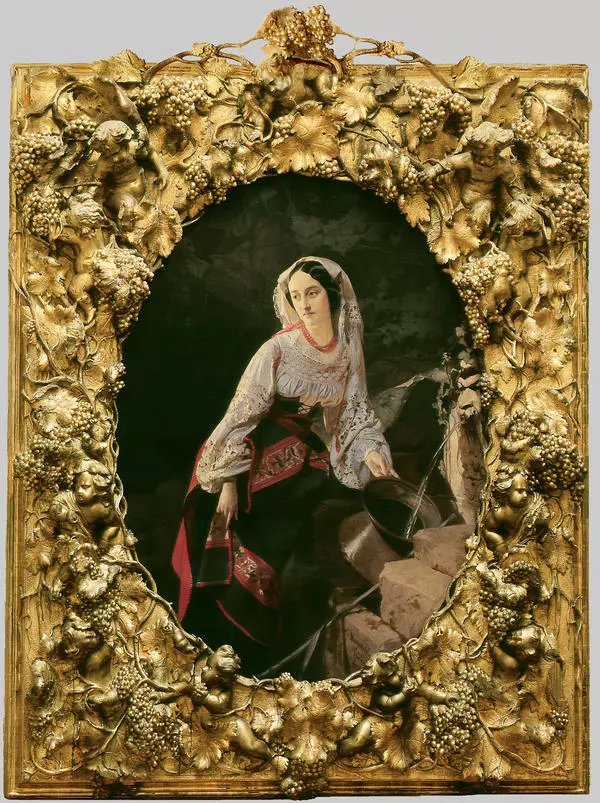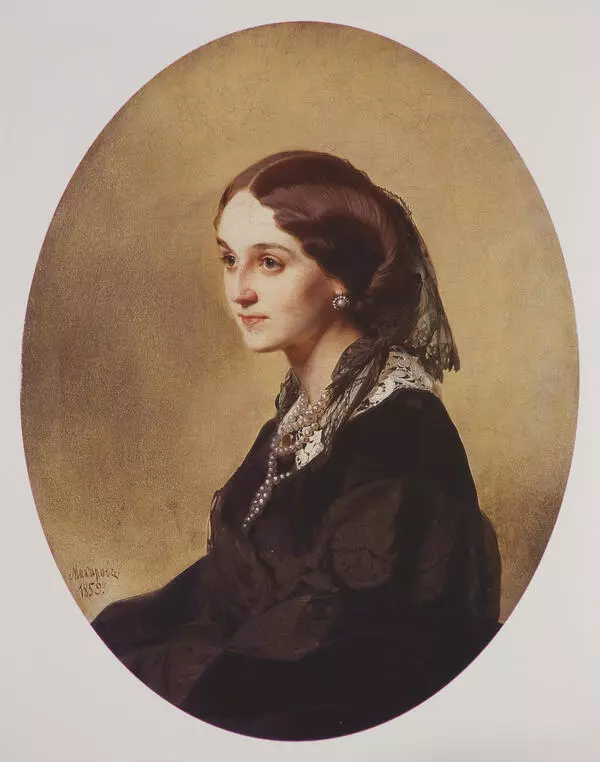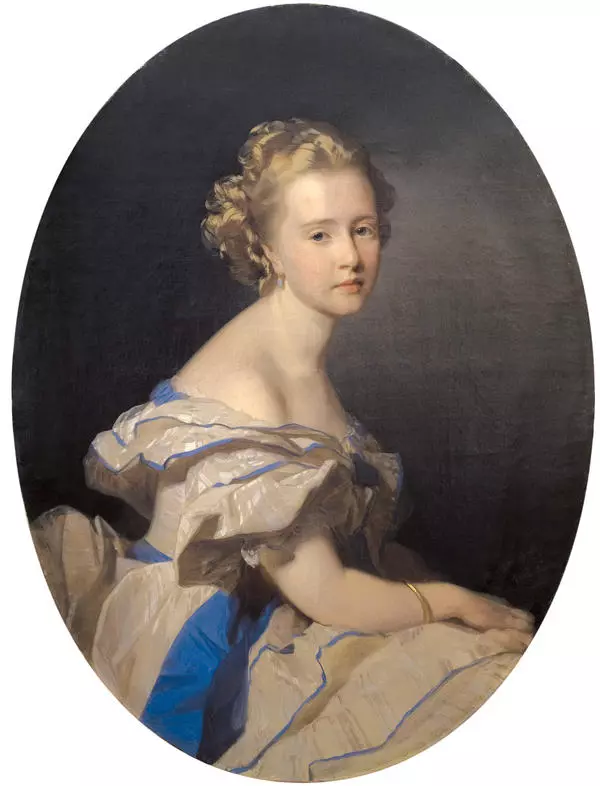Ivan Kuzmich Makarov was a hereditary painter, a graduate of the St. Petersburg Imperial Academy of Arts, after training in which he soon became one of the most popular portrait painters of St. Petersburg, close to the imperial family.
Ivan Makarov taught the children of the president of the Academy of Arts Grand Duchess Maria Nikolaevna. Together with her retinue on funds from the Society for the Promotion of the Arts, he made a three-year trip to Italy, which was an inexhaustible source of inspiration for people of art.
After returning to Russia in 1855, Ivan Kuzmich received the title of academician. During these years, the painting ‘Italian Delivery boy’ was created, which his brother Nikolai Kuzmich Makarov subsequently donated to the museum. Like many artists of that time, Ivan Kuzmich paints pictures in the studio, drawing on his memories, visual memory and leaving space to the imagination.
The artist uses dilute delicate shades of colors and parget to create a soft glow of the whole figure of the boy. Only a bright red cap sets off the southern black hair, eyebrows and almond-shaped eyes, and the peach blush on the still plump young cheeks resembles the fruit in the basket in color. At the same time, Ivan Kuzmich Makarov gives the pose, clothes and hand position of this young messenger such a look that they seem touched by negligence, bordering with bold self-confidence, emphasizing the Italian hot temperament of the depicted. The background is practically absent; probably it’s the wall of a house or just a drapery that should not distract the viewer from the portrait.





